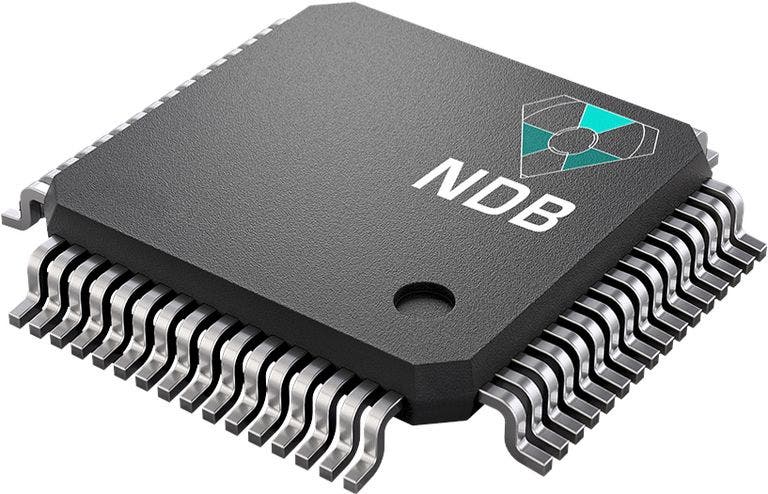
A U.S. startup combined radioactive isotopes from nuclear waste with ultra-slim layers of nanodiamonds to assemble a ridiculous battery that allegedly can last 28,000 years.
According to the California startup in question, called NDB (Nano Diamond Battery), their product is a “high-power diamond-based alpha, beta, and neutron voltaic battery.”
Diamond batteries are forever
The energy comes from waste graphite that was previously used in graphite-cooled nuclear reactors. The radioactive graphite is encased in layers of nano-thin, single crystalline diamond, which act both as a semiconductor and heat sink.
Diamond is the hardest material known to man. It also has the highest energy-conductivity, meaning it quickly transfers heat from the radioactive graphite. So the diamond layers not only collect charge, but also prevent radiation leakage.
Since the carbon-14 isotopes have half-life times in the range of thousands of years and diamonds are virtually indestructible, NDB felt confident making this bombastic marketing claim.
“This battery has two different merits,” NDB CEO and co-founder Nima Golsharifi said in an interview with Future Net Zero. “One is that it uses nuclear waste and converts it into something good. And the second is that it runs for a much longer time than the current batteries.”
The product is supposed to come in two versions. The “forever” version that is supposed to last 28,000 years before it runs out of charge. This hard-core version is meant for niche applications, such as deep space where it could power instruments onboard spacecraft and satellites. These spacecraft, for instance, could be sent to other star systems on centuries-long voyages and they would still have enough power to beam back messages.
There is also a consumer version, meant for powering electric vehicles, smartphones, and other small devices. Since the graphite would be wrapped in multiple coatings of synthetic diamond, there would be no radiation leaking out of your phone. NDB even claims that the radiation levels emitted by the cells will be less than those emitted by the human body.
“Think of it in an iPhone. With the same size battery, it would charge your battery from zero to full, five times an hour. Imagine that. Imagine a world where you wouldn’t have to charge your battery at all for the day. Now imagine for the week, for the month… How about for decades? That’s what we’re able to do with this technology,” NDB’s Neel Naicker said in a statement.
That may or may not be true, but frankly, it would be interesting to see who would buy a product fully aware that it contains a radioactive battery.
The charge collected by battery cells is collected, stored, and instantly distributed by a supercapacitor. Cells can be built to conform to any shape or standard, including AA, AAA, 18650, 2170, or all manner of custom sizes.
For now, NDB has only completed a proof of concept. The company was about to release a commercial prototype, but then came COVID. Nevertheless, the company expects to release a low-power commercial version of its radioactive diamond battery in less than two years, while the high-power version is slated for five years’ time.






